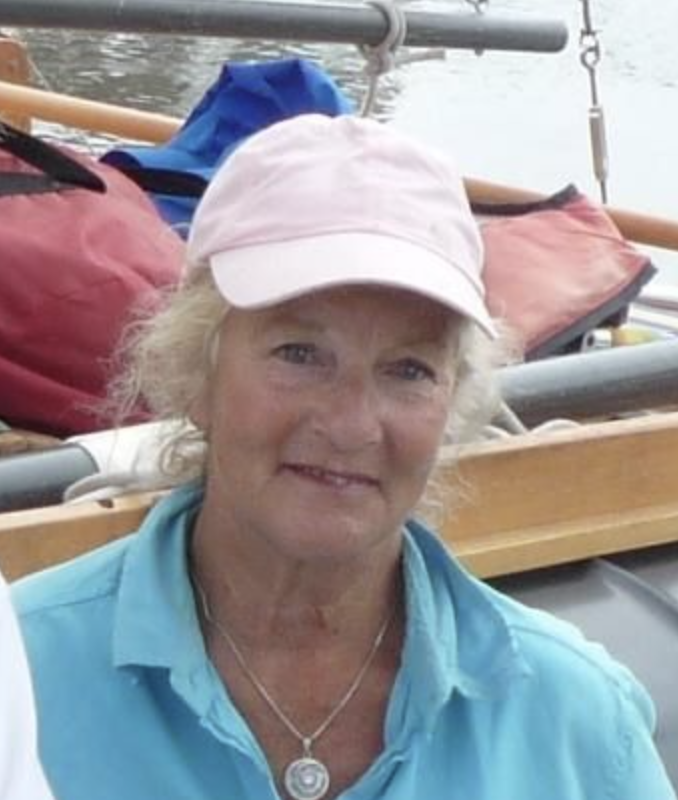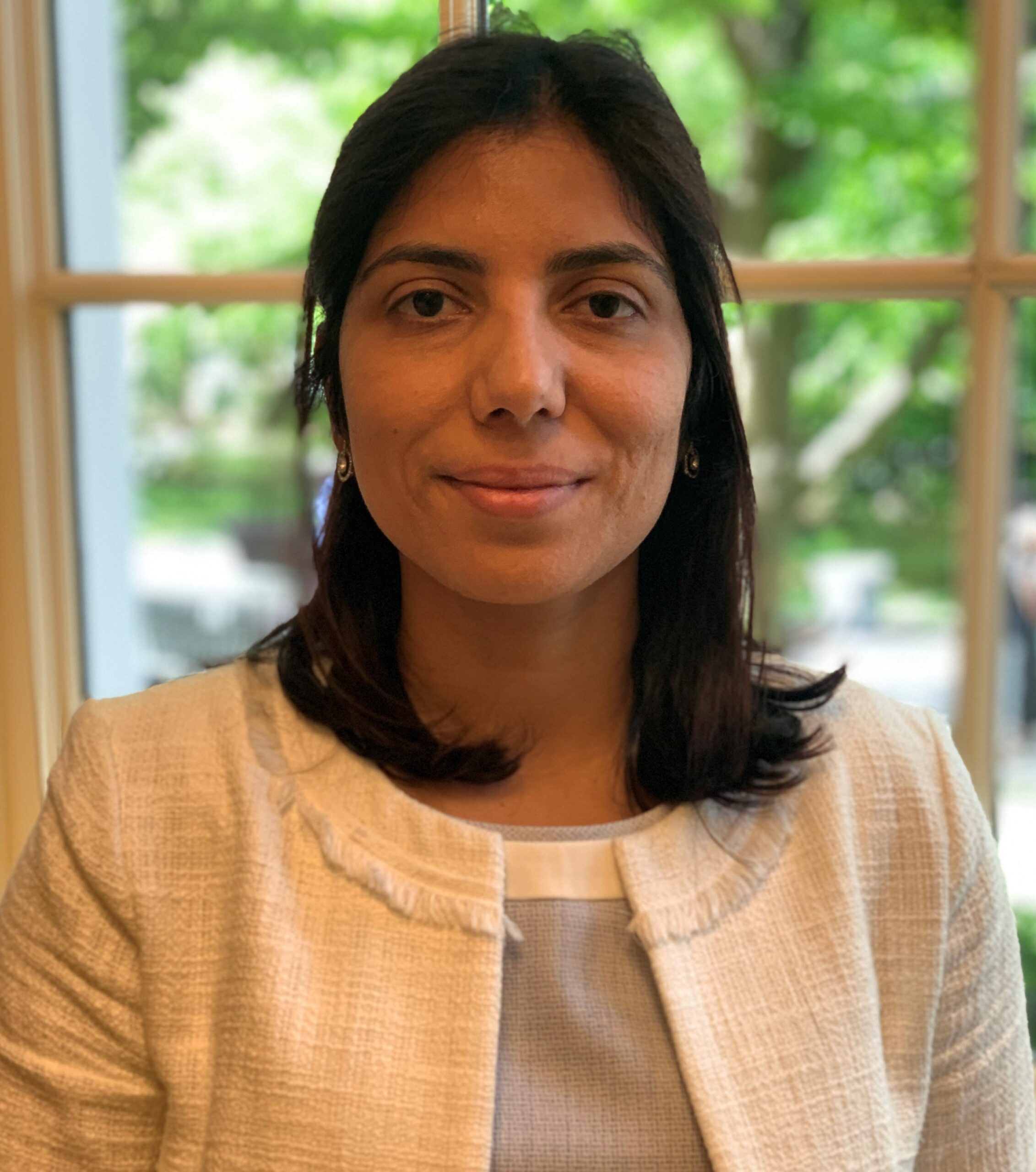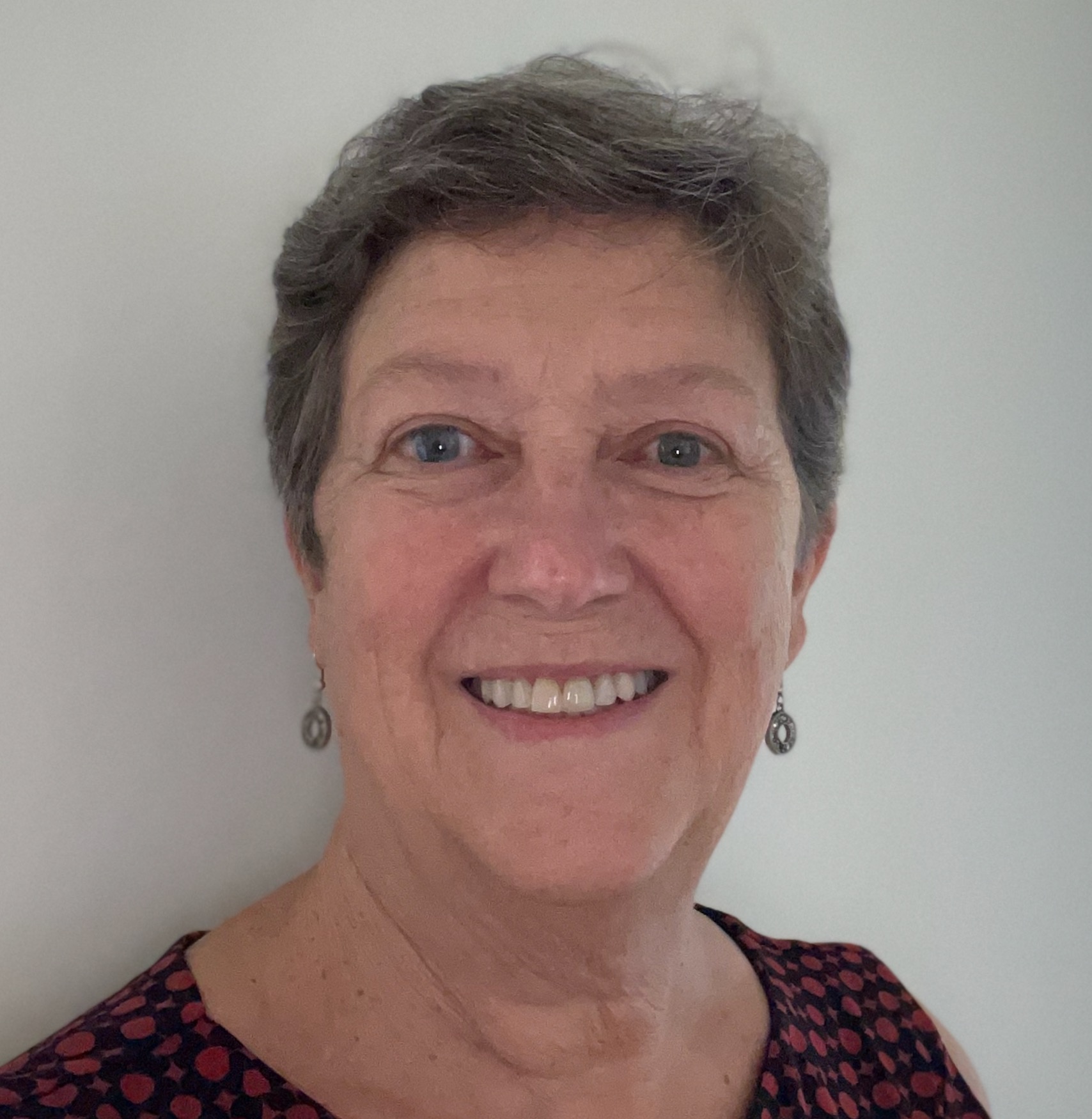Apply now to join our next cohort of Community Science Fellows and Community Leads!

Photo by Ken Engelman
Tweed-New Haven Airport (HVN) has plans to extend their runway, expand their facility, and increase their daily number of flights. Area residents are concerned that the expansion and its associated increase in ground-based traffic may harm their health, have a negative impact on natural systems, and reduce their quality of life.
Working together, community members are already gathering data using relatively low-cost air quality and sound sensors installed in neighborhoods around the airport. The group has also submitted a grant application to obtain and install a set of higher quality sensors. They want to use these and other publicly available data to understand how the area’s vehicle traffic, harbor operations, and airport operations impact their local environment. They would like to integrate air quality data with data from other sources (e.g. take-offs and landings, harbor activity, and local winds) to connect episodic increases in pollutants to their likely sources.
Armed with a better understanding of the sources of local pollutants and the health impacts related to them, the group wants to be assured that all short- and long-term consequences of an airport expansion have been considered, and that Tweed’s final plan will include solutions and resources for mitigating detrimental environmental impacts.
New Haven is home to Yale University, a major driver of Southern Connecticut’s knowledge economy. Many of the participants in this economy live in suburbs surrounding New Haven, and they are the direct beneficiaries of Tweed’s current services and planned expansion. However, community members who live nearer to the airport are concerned they will bear the brunt of any environmental harm that Tweed’s expansion might introduce in the region.
Compared to the suburbs, communities near the airport include poorer, less-educated, and more diverse populations; many of these groups have been left out of public policy discussions concerning airport expansion. These same Environmental Justice communities experience some of the highest levels of adult and childhood asthma within Connecticut¹.
Tweed-HVN Airport is located in New Haven County; the Environmental Protection Agency has designated the entire county as a non-attainment community at severe levels for air quality2. This is an acknowledgement that there is no reasonable chance for this area to meet national air quality standards, leaving residents exposed to air pollution from multiple sources. Within the county, people in the communities of New Haven and East Haven suffer from some of the highest levels of childhood and adult asthma within the state of Connecticut, as documented in the attached narratives prepared by the Conservation Law Foundation. Portions of both of these communities are Disadvantaged, according to the Climate and Economic Justice Screening Tool.
10,000 Hawks is a grassroots group of empowered neighbors, professionals, and organizational allies from communities near Tweed Airport. The group collaborates to address public health and ecological issues, focusing on air quality, noise pollution, tidal wetlands, biodiversity, and climate change. Their name honors the annual number of raptors that use the Atlantic Migratory Flyway which extends over Tweed air space.
The 10,000 Hawks community would like to learn how current airport operations are impacting their environment so they can characterize the potential impacts of the proposed airport expansion. They want to measure abundances of particulates of various sizes and pollutants such as nitrogen oxides and volatile organic compounds that promote formation of ground-level ozone², a major respiratory threat and trigger for asthma.
They want to share this information with residents, public health officials, natural systems managers, and the Tweed-HVN Airport Authority. Increasing awareness of how changes at the airport might impact the health of residents and natural ecosystems can encourage community members to work together so people and nature are not harmed by the expansion.
By actively engaging the New Haven community in monitoring and understanding their local environment, 10,000 Hawks sees an opportunity to raise awareness among local decision makers that national laws regarding aviation are not well connected with laws meant to protect local residents. Ideally, this local effort could contribute to aligning FAA regulations with the efforts of the EPA and the White House Environmental Justice Advisory Council.
Tweed’s full expansion plan is still under NEPA review. This gives us some opportunity to collect and analyze data before they share their findings. We are already collecting air quality data and have data that is ready to be examined.

Gretl Gallicchio is a 30-year resident of New Haven, CT, a former homeschooling mom of 3, and a newly-minted climate activist. She holds a B.A. in Education, with a concentration in Social Justice.

Lianne Audette of East Haven, CT has extensive experience in woodland and wetland conservation. She has years of familiarity with beach, tidal wetlands, and estuaries, including local knowledge of mollusks and seabirds. She has also served as a wetlands and beach monitor for piping plovers’ protection and management through the Connecticut Audubon Society.
Dana B. Walker of East Haven, CT has been a veterinary clinical pathologist and immunotoxicologist in preclinical and clinical safety in the pharmaceutical industry for over 20 years. She also served as a research fellow at USEPA; she completed a PhD in immunology (developmental immunotoxicology), and masters in toxicology (lead effects on neural development). As a clinical veterinarian, she practiced emergency medicine for 12 years and treated many types of environmental toxicant exposures in animals. She has had a lifelong interest in environmental health.
Marshall Cox is a resident of Branford, CT. He obtained and installed a set of relatively low-cost air-quality and sound sensors to begin collecting data to characterize the environmental quality of areas surrounding Tweed airport.

Neelakshi Hudda, PhD. is Research Assistant Professor in the Department of Civil and Environmental Engineering at Tufts University. She has a Bachelor’s degree in Civil Engineering, a Master’s degree in Environmental Management and Negotiations and Ph.D. in Environmental Engineering. Dr. Hudda’s has over 15 years of research experience in urban air pollution with a particular focus on transportation-origin emissions and ultrafine particulate matter. Her seminal work on the long downwind spatial range of the impacts of aviation emissions on ultrafine particles is recognized for its implications for the health of millions who reside near airports. She has published widely on quantifying the impacts of airport-origin emissions on ambient and residential air quality and health effects associated with these emissions in communities near airports.

LuAnn Dahlman is a science writer for NOAA’s Climate Program Office. She contributes to climate adaptation efforts through the U.S. Climate Resilience Toolkit and the Climate Mapping for Resilience and Adaptation portal. She works from her home in Mesa, Arizona.
(c) 2024 Thriving Earth Exchange